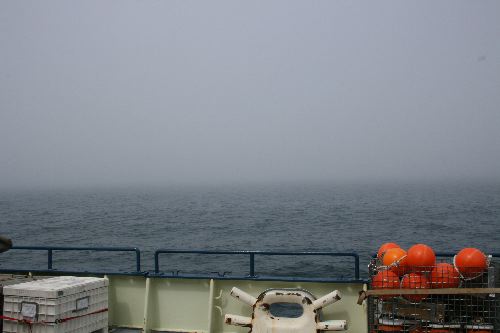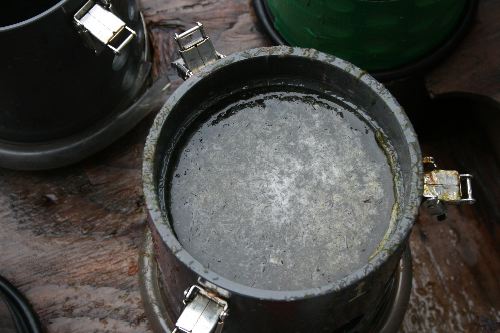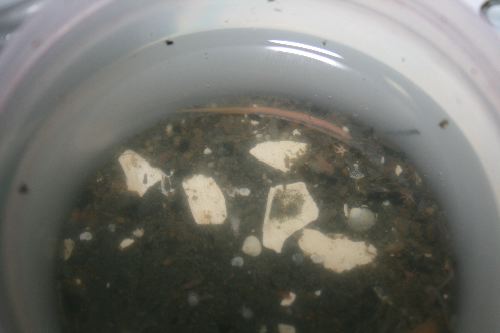We spent the day cruising in one of the shallowest regions of the entire expedition. The depth below us is only about 40 meters. We are also getting close to what ice is still present this time of the year. I checked with the National Snow and Ice Data Center to see what the status of the sea ice in the arctic currently is. So far I haven’t seen any ice but I am keeping a look out for it. Of course we cant see anything, we are cruising through a thick fog right now.

Fog of the Bering Sea
I am also doing some of my own research on phytoplankton while up here and the edge of the sea ice plays an important part in how productive the phytoplankton actually is. They reported that after a slow start to the melt season, the ice extent declined quickly in May. Scientists are monitoring the ice pack for signs of what will come this summer. The thinness of the ice pack makes it likely that the minimum ice extent will again fall below normal, but how far below normal will depend on atmospheric conditions through the summer.
According to the National Snow and Ice Data Center, the sea ice extent over the month of May 2009 averaged 13.39 million square kilometers (5.17 million square miles). This was 81,000 square kilometers (31,000 square miles) above the record low for that month, which occurred in May 2004, and 21,000 square kilometers (8,100 square miles) below the 1979 to 2000 average. So its clear that something unusual is happening up here.
At pretty much every station the zooplankton guys set out their nets to see what’s living in the area. Watching them work I can see changes in the zooplankton populations from one location to another. They are finding larval fish, copepods, euphusisds (krill), isopods, amphipods, jellyfish, and the occasional juvenile squid.

ZooplanktonSmall or microscopic aquatic animals that float or drift in fresh or salt water. Soup?
Some critters are coming out of the sediment cores currently. Maggie Esch, a graduate student from Western Washington University is studying bioturbidation in the sediment. She is looking at how nutrients move through marine sediments as a response to what is burrowing through the ocean bottom. Her last core had some cool worms and young Sea StarsSea stars (also known as starfish) are spiny, hard-skinned invertebrate animals that live on the rocky sea floor..

Worms and Sea StarsSea stars (also known as starfish) are spiny, hard-skinned invertebrate animals that live on the rocky sea floor. from sediment cores
’m hoping to see more marine animals, especially mammals and birds as we approach the Pribilofs, which are the only island on the eastern Bering Sea that are in the proximity of the shelf break. The current sampling line we are on will bring use right between St. Paul and St. George islands. Owing to their position near the shelf break, these islands are home to large populations of marine mammals, seabirds, and fish. The Pribilofs are a famous destination for birdwatchers. There are a reported 240 different species of birds present in the Pribilofs, and "Birders” come from all over the world to see them in the wild. The islands were also once know as the Fur Seal Islands because of the Fur Seal (Callorhinus ursinus) rookeries located there. Today, the fur seals are only subsistence hunted by the Aleuts, and Inuit who live on the islands.


Comments